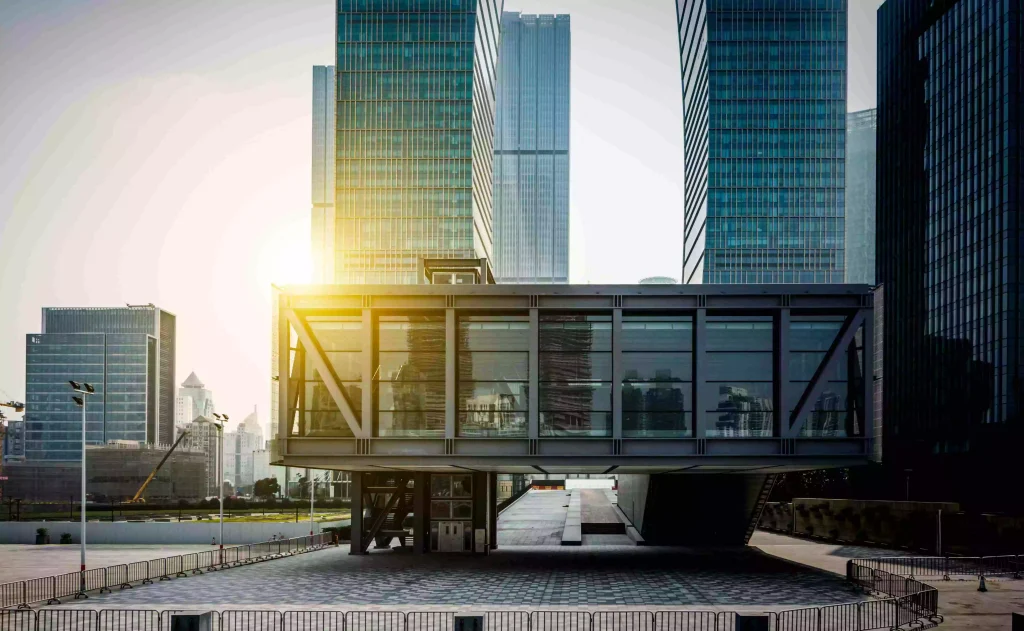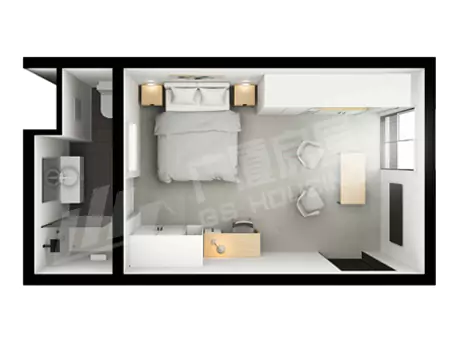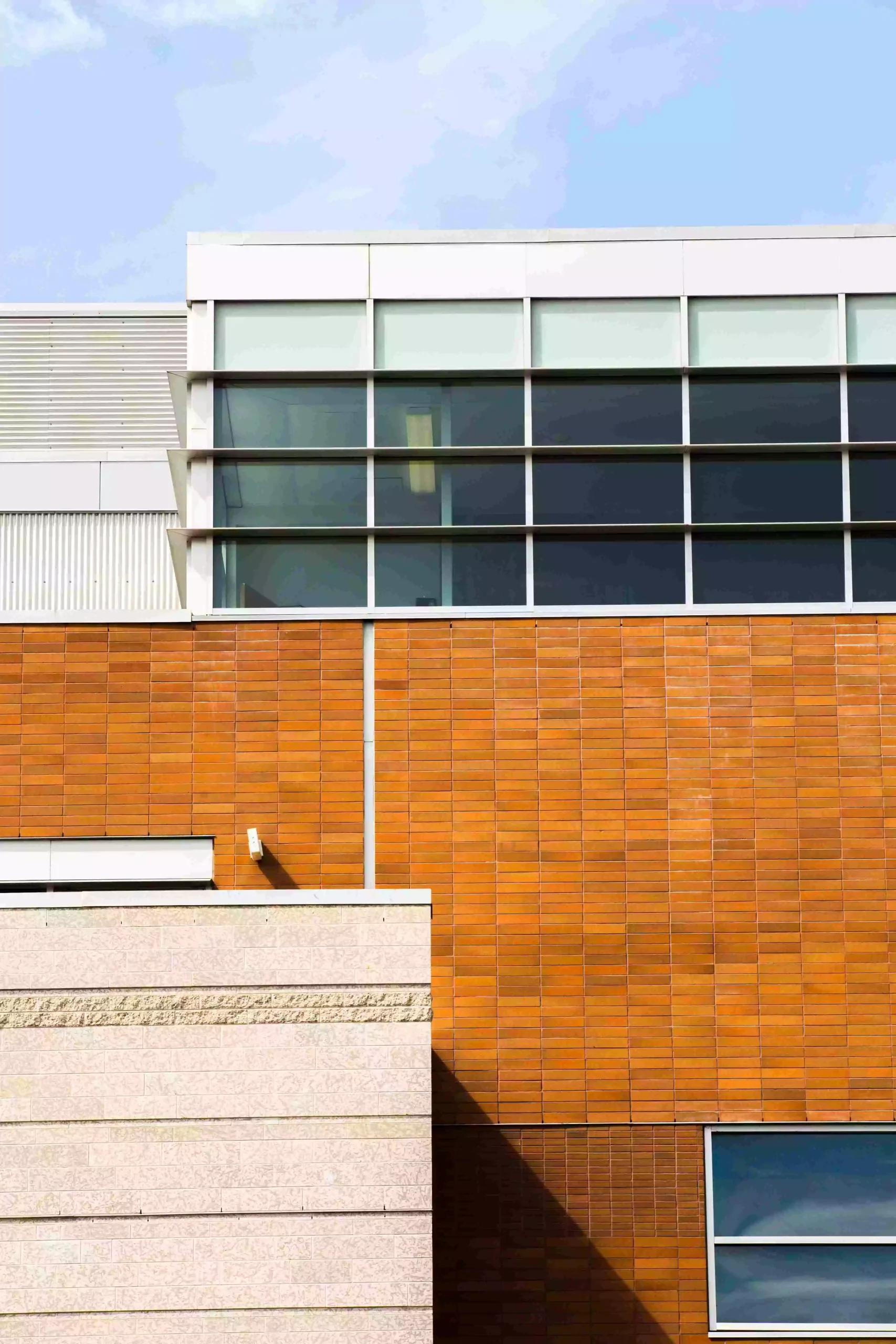How Modular Building Solutions Address Space Constraints in Schools
How Modular Building Solutions Address Space Constraints in Schools
Modular building solutions effectively address space constraints in schools by offering flexible and scalable construction options. These prefabricated structures can be quickly assembled on-site, minimizing disruption to the school environment.
The Growing Need for Space Optimization in Schools
Factors Leading to Space Constraints in Educational Institutions
Urbanization and the ever-increasing demand for education have resulted in a significant increase in the student population. This increase frequently surpasses the capabilities of current educational infrastructure.
Additionally, many schools are located in densely populated regions where extending physical space is either too expensive or logistically impossible to be cost-effective. Coupled with new requirements for specialized spaces — science labs, art rooms, technology hubs, and the like — these space constraints become even tighter.
Challenges Faced by Schools Due to Limited Space
Schools organized in small spaces must meet many challenges. It reduces the individual attention to students as overcrowded classrooms can affect teaching and learning. It also penetrates after-school activities, as facilities such as playgrounds or an auditorium needed to be turned into more classrooms.
Moreover, poor facilities can also cause a lot of pressure on the teachers and the staff increasing their dissatisfaction and lowering their productivity.
The Role of Modular Building Solutions in Addressing Space Issues
Key Features of Modular Buildings Tailored for Schools
Schools often run short on space, but modular buildings are a flexible answer to that problem. These buildings come as prefabricated parts and are assembled in place to make sure that the school works as little as disturbed as possible. They follow a modular approach based on which it can be built as per requirement. The designs incorporate modular methodology, where one can customize them according to the requirements.
Advantages of Modular Buildings Over Traditional Construction
There are many benefits of modular buildings compared to traditional building methods. First, they take a fraction of the time to assemble because many of the primary structural elements are prefabricated offsite. This fast implementation is great for colleges that need criteria development in the case of sudden growth in students.
The second reason is that modular structures cost less, as they reduce labor costs and wastage of material while constructing the building. It is the fact that they are flexible; they can be moved or internally adjusted according to future needs which helps in making them a sustainable option to be used for several years.
Lastly, modular buildings comply with strict safety codes. One excellent instance includes GS Housing’s flat-packed container houses, which have been tested to ensure fireproof approvals in compliance with ASTM (American Society for Testing and Materials) standards, keeping students and staff safe.
Practical Applications of Modular Buildings in Educational Settings
Temporary Classrooms to Manage Student Overflow
However, temporary classes are a good approach to controlling enrollment easily and without quality loss. In times of higher learning demand, modular buildings can be erected directly on campus or closer to school to enhance the learning capacity.
Permanent Additions to Existing School Infrastructure
Modular buildings are not only able to provide temporary solutions; they can be more permanent for a school. They blend in with structures already in place and can be made to blend in with architectural aesthetics. These buildings are designed to last, with minimal maintenance, utilizing extremely long-lasting and durable materials such as galvanized steel frames and aluminum-zinc-coated panels.
Additionally, modular classrooms can support specialized functions like libraries or administrative offices. Their adaptability allows them to cater specifically to the evolving needs of educational institutions.
Creating Specialized Learning Environments
The modern education system increasingly emphasizes STEM (Science, Technology, Engineering, Mathematics) subjects alongside arts and sports programs. Modular buildings provide tailored spaces that foster creativity and innovation among students.
Specialized learning environments such as science labs equipped with proper ventilation systems or music rooms with soundproof walls can be easily constructed using modular designs.
For those seeking reliable modular solutions tailored specifically for schools’ unique requirements, GS Housing offers comprehensive services ranging from design consultation to installation support.
GS Housing’s Modular Building Products for Schools
Durability and Safety Standards in GS Housing’s Modular Solutions
Durability and safety are not negotiable when designing educational environments. Modular buildings are built using hardy materials that are meant to last and endure constant use day after day. Using galvanized steel profiles, hydrophobic basalt wool insulation, and aluminum-zinc coated panels, the flat-packed housing systems gain structural integrity.
Another important component is safety. These modular solutions comply with strict safety standards, such as fireproofing compliance with the ASTM standard. The wall panels are one-hour fireproof, ensuring that students and staff are protected.
Moreover, flame retardant PVC flooring and insulated tapes at junctions contribute towards the enhancement of overall safety performance.
Product Innovations by GS Housing for School Applications
Customizable Classroom Modules
Modular buildings have a special quality that makes them capable of responding to various educational requirements. The modular design enables customized classroom modules that are built to specific dimensions, layout, or functional needs. The top frames, bottom frames, columns, and wall panels are all interchangeable, so units can be efficiently assembled on-site.
Multi-Functional Spaces for Libraries and Laboratories
Apart from classrooms, modular solutions also have the use of creating entities such as libraries and laboratories. Owning a multi-purpose unit, these walls can be ensured to stay quiet for the students to focus or proper ventilation systems can be built for science experiments.
Long-Term Benefits of Choosing Modular Building Solutions
Sustainability and Eco-Friendly Design Features
Modular construction fits seamlessly with the principles of sustainable development as it encourages waste minimization during the production phase and limits environmental impact. This innovation enables graphene electrostatic spraying, increasing the corrosive resistance of structural components and providing longevity of up to 20 years with minimal maintenance required.
Also, modular buildings use sustainable materials like A-grade non-combustible insulation boards from water-repellent basalt wool. This not only ensures energy efficiency but contributes to creating a healthier learning environment.
Enhancing the Learning Environment Through Innovative Design
Students spend the majority of their day at school houses, aside from home – and we all know that the more convenient and accessible our surroundings are to the kind of behavior we want to adopt, the more it helps in achieving our goal. A well-designed learning environment has a major effect on engagement and learning outcomes.
Moreover, the quick installation process ensures minimal disruption to ongoing school activities, allowing institutions to focus on their primary goal—educating students.
Recommendations for Implementing GS Housing’s Modular Solutions in Schools
Steps to Seamlessly Integrate Modular Buildings into School Campuses
Deploying modular solutions within existing school campuses is an intricate process. Start with the space to assess and work closely with professional providers who will provide you with end-to-end service from design consultation to installation assistance.
Then figure out what level of customization you require based on your institution—for example, a temporary classroom, or a permanent addition. Finally, after installation, do follow always maintenance checks, which will help in increasing the life of these structures.
Collaboration Opportunities Between GS Housing and Educational Institutions
On the contrary, strategic manufacturing and supply chain partnerships between educational institutions and modular solution providers can bring about novel innovations that cater to critical educational infrastructure challenges.
Furthermore, leveraging expertise in prefabricated construction allows schools to implement cost-effective expansions without compromising quality or safety standards.
FAQs
Q1: Why are modular buildings ideal for schools?
A: Modular buildings are a good solution because they are both versatile and durable, as well as quick to install, so schools can make use of the extra space while simultaneously conducting normal activities.
Q2: Is a modular classroom permanent?
A: Yes, the materials used, like galvanized steel frames and aluminum-zinc panels, are much more durable, giving them a lifespan that rivals that of traditional buildings.
Q3: How do modular-style solutions help with sustainability?
A:The material waste during production is diminished, environmentally sound insulation materials such as basalt wool are utilized, and in the long run they need less maintenance thanks to modern anti-corrosion treatments.








